Selecting a Bias Light

The most important thing to consider when selecting a bias light for your television (aside from the physical consideration of whether the light actually fits behind the screen) is the color temperature.
Light bulbs have a color temperature listed using the Kelvin Color Temperature Scale. The lower the number, the warmer and more red the light; the higher the number, the cooler and more blue the light. Candle flames are 1,900K. They are very warm and cast a reddish/yellow light. Standard incandescent light bulbs are approximately 2,800K and are still quite warm. “Cool White” or “Daylight” bulbs have color temperatures ranging from 5,000-6,500K.

While any bias lighting is better than no bias lighting as far as eye strain is concerned, if you want bias lighting that not only relieves your eye strain but actually makes the content you’re viewing look better, you’ll need the right bulb. You want a bulb temperature that is as close as possible (if not identical) to the reference point used in the industry that both manufactures the screens you’re looking and creates content for said screens. That temperature is 6500K.
The bulbs (be they CFL or LED) inside your HDTV or monitor are calibrated to 6500K. The film and digital video is color corrected to have a 6500K white reference point. The editing suites where content is edited and worked on have 6500K bias lights. Regardless of whether you use a fluorescent tube light, a strip of LEDs, or an incandescent light bulb, you want one with as close to a 6500K color temperature as you can get if your goal is to maximize the quality of the on-screen image.
This immediately rules out the majority of lighting we use around our homes, as there is a distinct consumer preference for warmer light. What makes for a homey and warm feeling in your abode makes for a poor bias light.
Picking a light with the right color temperature is likely all you need to do. However, if you’re dead set on getting the absolute best picture possible you may wish to also look at the Color Rendering Index (CRI) of the light bulb. This number is rarely listed on bulbs intended for household use, but with some careful digging (or by purchasing bulbs intended for hobby or commercial applications where the CRI is important) you can find the CRI value. A CRI of 90 out of 100 or above is the minimum you should aim for if you’re looking for maximum color clarity on your HDTV or computer monitor. This is definitely the province of people looking for an absolute picture perfect experience as opposed to simply relieving eyestrain. So unless you’re building the ultimate home theater setup—or you’re looking to break into video editing—you needn’t stress about getting a perfect CRI-rated bulb. A quality bulb with a 6500K color temperature is more than enough for just about everyone.
-
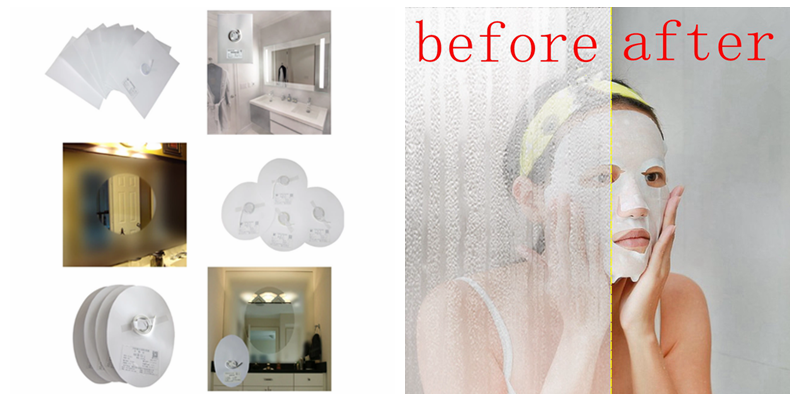 How to Install Heat Pad on Mirror?
How to Install Heat Pad on Mirror?Do you like ?0
Read more -
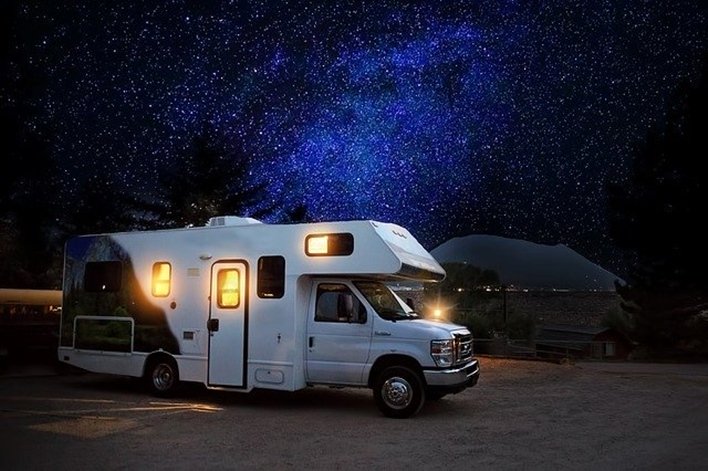 Why LED Lights are Perfect for RVs & Boats?
Why LED Lights are Perfect for RVs & Boats?Do you like ?0
Read more -
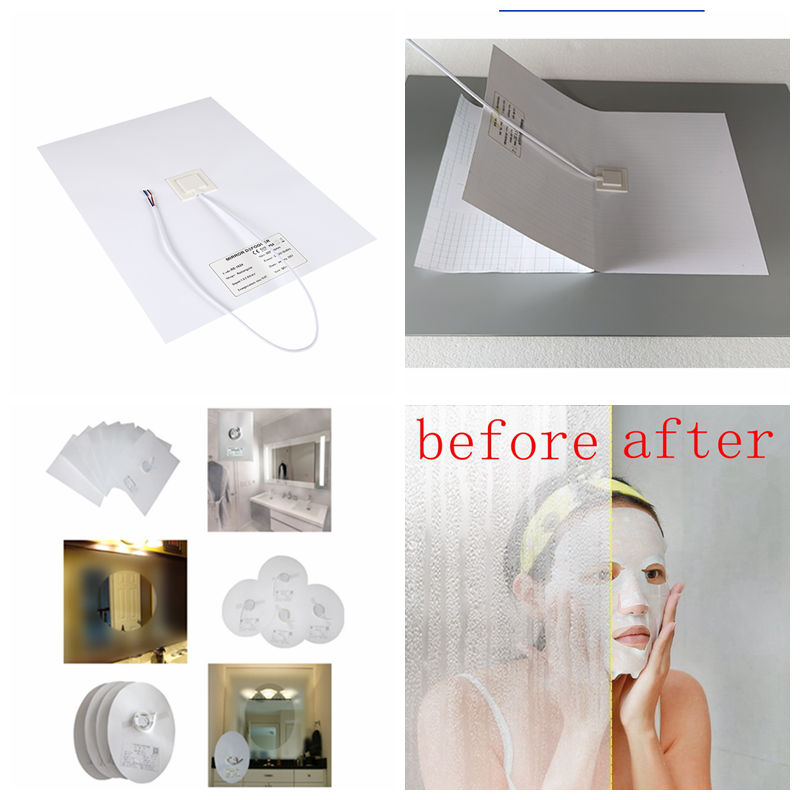 How Good Anti-fog Film for Mirror!
How Good Anti-fog Film for Mirror!Do you like ?0
Read more -
 How do you choose which lights to buy for your RV’s interior?
How do you choose which lights to buy for your RV’s interior?Do you like ?0
Read more -
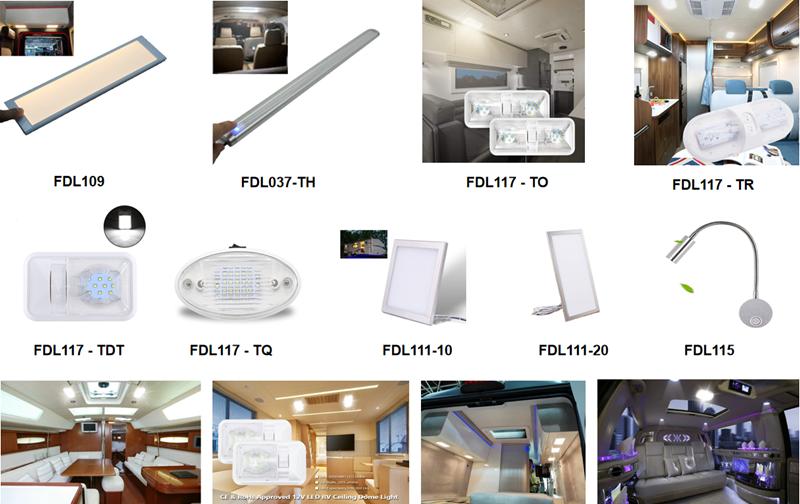 What Are the Most Common Interior Lights Used by RV Manufacturers?
What Are the Most Common Interior Lights Used by RV Manufacturers?Do you like ?0
Read more -
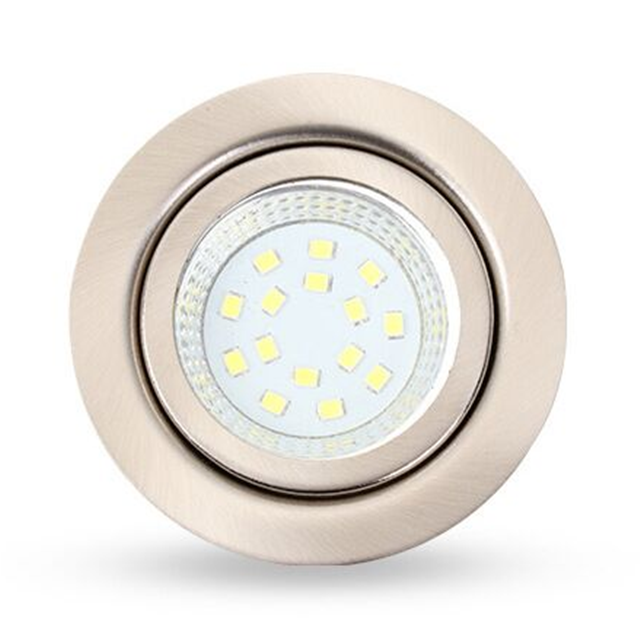 Do You Know The Great Uses for Puck Lights?
Do You Know The Great Uses for Puck Lights?Do you like ?0
Read more






